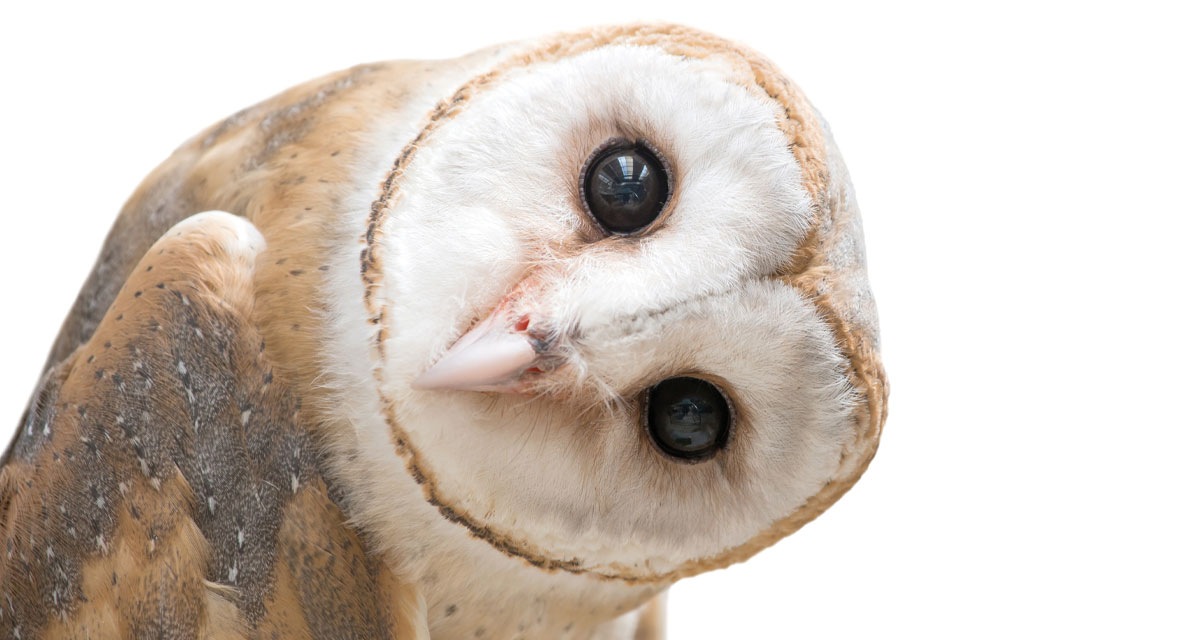The diversity of North Carolina’s three sub-biomes, namely the coastal plains, Piedmont, and the mountains, yields varieties of forest and non-forest ecosystems. Based on our consistent levels of precipitation and four distinct seasons, we live in the biome of a temperate deciduous forest. It’s no wonder our climate attracts diverse species of colorful birds and smaller mammals. In the mountain regions outside Winston-Salem live black bears, bobcats, and coyotes. And, perhaps the cougar is not extinct, but resurging in numbers. Unless searching for specific names of birds, insects, aquatic vertebrates, and mammals in the Piedmont Triad, you’ll not be aware of the names of creatures that no longer fly, swim, or walk here. In calling all defenders of wildlife, it’s essential to know why our ecosystem is on the verge of losing the essential Barn Owl.
Late in the evening, stand outdoors and listen to the sounds of nature. You’ll hear distinct tweets and chirps, and quite possibly the rare “hiss and screech” of a Barn Owl. (Hooting is another notorious sound; however, it comes from a different species, the Tawney owl.) Similar to most animals, the owl call conveys different tones and messages. Perhaps it is claiming a specific territory to fend off potential intruders, like the raccoon, opossum, eagle, and hawk, or to signal the presence of a predator to a bonded mate. Typically, each pair covers a span of 12,000 acres. In North Carolina, you are likely to spot the Great Horned Owl, the Barred Owl, and the Screech Owl, before hearing the endangered Barn Owl calling in the night. Cinnamon in coloring, it features dark freckles on its body and wings and has a heart-shaped ruff encircling its eyes and beak. As a nocturnal creature, the Barn Owl, as its name suggests, nests in hollow trees and semi-open social structures, such as church steeples, houses, barn lofts, and silos.
Flying Home to the Carolinas
From the great distance of 200 miles north, Barn Owls routinely fly for five nights over the Allegheny Mountains to create a habitat in the lower elevations of North Carolina. They seek prey from grassy and agricultural fields, woodlots, and strips of the forest. Through its asymmetrical, or lopsided, hearing receptors, it can detect different sounds to pinpoint the precise location of its favorite feast, rats and voles. Although not waterproof, the soft feathers are a factor in helping the owl search for prey, allowing for almost silent flight. To relieve a farmer or property owner of pests, owls eat roughly four small mammals daily.
Conservation Efforts
Sadly, nesting sites remain scarce. In 2012, the New Hope Audubon Society installed nesting boxes in a project named “The Piedmont Barn Owl Initiative.” The effort reported the highest number of Barn Owls in concentrated areas, including Winston-Salem, Greensboro, and High Point; however, 91% of post-mortem Barn Owls had rat poison in their digestive system. Farmers have responded to the increased number of rodents by releasing pesticides and other various chemicals, which have impacted not just the rodent population, but caused the death of small to large birds and mammals. Additionally, cattle farms formerly utilizing barns of hay have transitioned to growing fields of soy and corn.
There is still hope for a resurgence! It will take a community effort to help!
Aiding the Owl Populations
To strike fear into the rodent, skunk, and bird population, many families have purchased a decoy owl. Why not welcome a real owl to your location by installing a nesting box? While purchasing a shelter is feasible, DIY instructions are available online.
A few tips:
- Place boxes at minimum 10 feet from the ground on a tree. Do not prune branches, and turn off exterior lights.
- Attracting an owl is one grand excuse for not mowing the lawn as frequently. Mice and other rodents will likely travel through taller blades of grass.
- A water feature attracts birds, bees, and other winged flyers, including owls; therefore, consider adding a birdbath to your garden.
All the Barn Owl needs is food and shelter. Once a mated pair has a home, they will remain with you!
Sharing Information
The North Carolina Wildlife Resources Commission wants to hear from you. The goal for the summer of 2020 is to continue installing more nesting boxes. Reach out, especially if you have owls occupying nesting sites or can report a sighting! Yes, you can help remove an endangered species from lists that contain words such as “rare,” and “vulnerable.”
Next month: The Henslow Sparrow























